Wed, Jul 15, 2020
Final Set Of Power Upgrade Spacewalks Upcoming
Two astronauts are concentrating on the final set of power upgrade spacewalks on the International Space Station beginning this week. Meanwhile, their Expedition 63 crewmates continued focusing on biology research to ensure humans stay healthy in space during long-term missions.
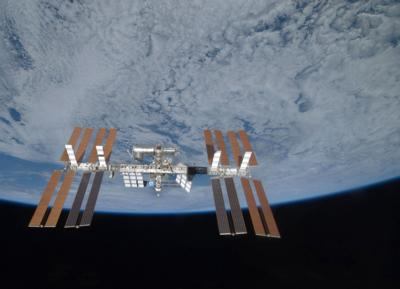
Flight Engineer Bob Behnken and Commander Chris Cassidy for preparing for a pair of spacewalks to wrap up battery swaps and ready the orbiting lab for a new airlock. The duo collected and organized spacewalk tools then studied their tasks step-by-step on a computer during the afternoon. Fellow NASA astronaut Doug Hurley assisted the pair and installed their spacesuit batteries and metal oxide canisters to remove carbon dioxide from the suit.
Behnken and Cassidy will exit the station for the first spacewalk on Thursday. The spacewalk is scheduled to begin at 7:35 a.m. EDT. The spacewalkers will spend about seven hours removing aging nickel-hydrogen batteries and replacing them with new lithium-ion batteries on the Starboard-3 truss structure. NASA TV begins its live coverage at 6 a.m.
The second spacewalk is scheduled to start at the same time on Tuesday, July 21, for the final battery swaps to complete 3.5 years of external power upgrades on the space station. Behnken and Cassidy will then begin outfitting the Tranquility module for a new commercial airlock from NanoRacks. The airlock, designed to deploy public and private experiments, will be installed to Tranquility after its delivery later this year aboard the SpaceX Dragon cargo vehicle.
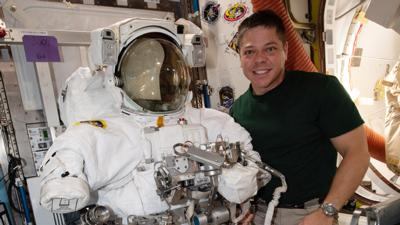
Meanwhile, a host of space science continues aboard the orbiting lab including human research to maintain healthy crews. NASA and its international partners are studying how the human body adapts to microgravity as they plan longer missions farther out into space.
The two cosmonauts from Roscosmos, Anatoly Ivanishin and Ivan Vagner, were once again exploring ways to stave off the negative effects of living in space. Vagner continued logging his meals and drinks and collected a blood sample for a study that seeks to reverse the loss of bone mass caused by microgravity. He later collected his saliva sample and attached a sensor to himself for an immune system investigation. Ivanishin exercised on a treadmill for a physical fitness evaluation and spent the rest of the day on communications and ventilation maintenance.
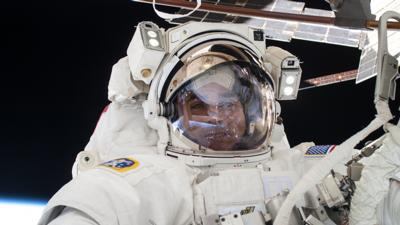
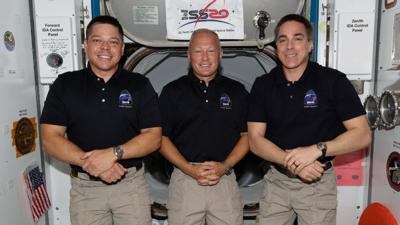
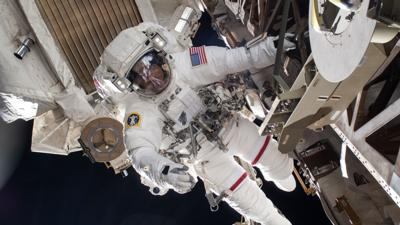
More News
Aero Linx: Transport Canada We are a federal institution, leading the Transport Canada portfolio and working with our partners. Transport Canada is responsible for transportation p>[...]
Gross Navigation Error (GNE) A lateral deviation from a cleared track, normally in excess of 25 Nautical Miles (NM). More stringent standards (for example, 10NM in some parts of th>[...]
From AirVenture 2017 (YouTube Edition): Flight-Proven Booster On Display At AirVenture… EAA AirVenture Oshkosh is known primarily as a celebration of experimental and amateu>[...]
Aircraft Parachute System (CAPS) Was Deployed About 293 Ft Above Ground Level, Which Was Too Low To Allow For Full Deployment Of The Parachute System Analysis: The day before the a>[...]
Also: 48th Annual Air Race Classic, Hot Air Balloon Fire, FAA v Banning 100LL, Complete Remote Pilot The news Piper PA-18 Super Cub owners have been waiting for has finally arrived>[...]
 ANN's Daily Aero-Linx (06.29.25)
ANN's Daily Aero-Linx (06.29.25) ANN's Daily Aero-Term (06.29.25): Gross Navigation Error (GNE)
ANN's Daily Aero-Term (06.29.25): Gross Navigation Error (GNE) Classic Aero-TV: Anticipating Futurespace - Blue Origin Visits Airventure 2017
Classic Aero-TV: Anticipating Futurespace - Blue Origin Visits Airventure 2017 NTSB Final Report: Cirrus SR22
NTSB Final Report: Cirrus SR22 Airborne Affordable Flyers 06.26.25: PA18 Upgrades, Delta Force, Rhinebeck
Airborne Affordable Flyers 06.26.25: PA18 Upgrades, Delta Force, Rhinebeck







